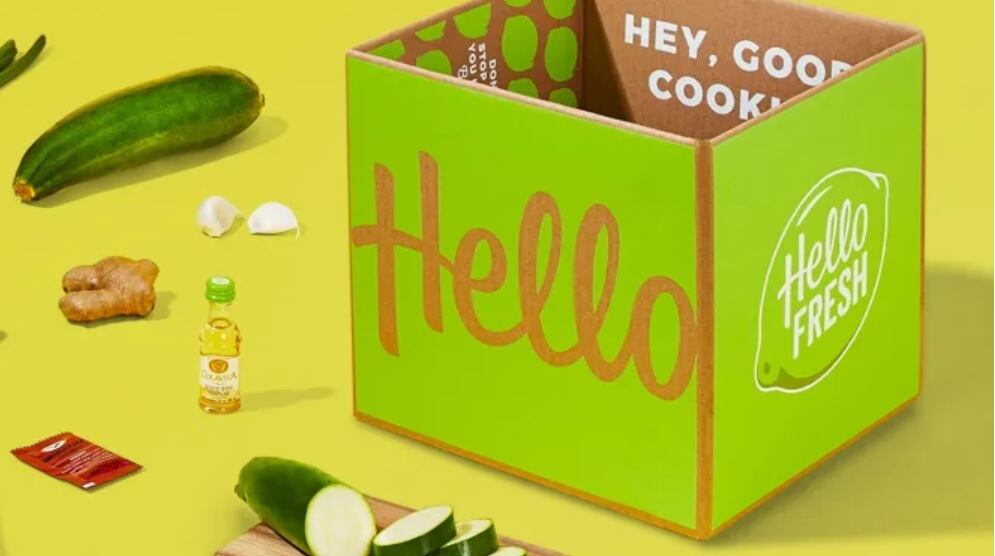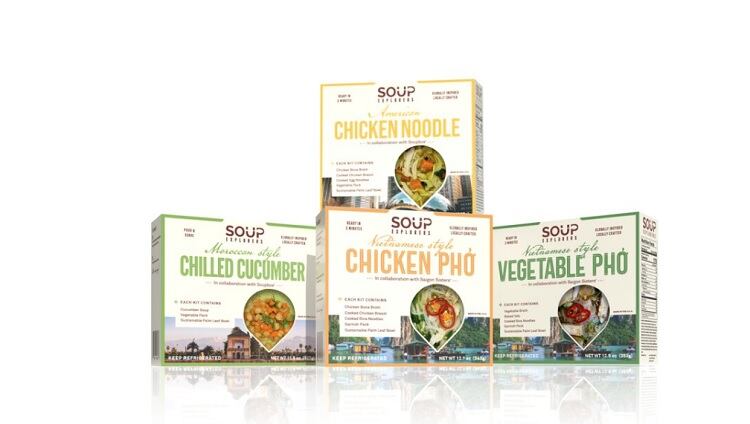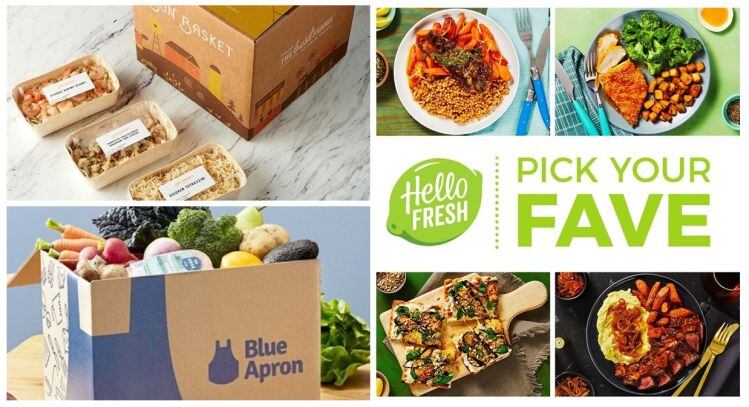In the past week, both companies reported a sudden surge in demand for their meal kits during their first quarters, which ended slightly more than two weeks after the coronavirus pandemic was declared. Both also said the increase was on top of incremental gains achieved during January and February.
And, yet, their numbers – and the market’s reactions – are very different.
Berlin-based HelloFresh’s gains during the quarter generated headlines touting its “booming” growth during the quarter, while Blue Apron’s gains were criticized by The Motley Fool as “meager at best.” The outlook for both companies similarly are disparate based on their response to the opportunities posed by pandemic lockdowns as well as their other ongoing efforts to grow their businesses.
HelloFresh’s customers, revenues nearly double
HelloFresh was able to garner the market’s glowing response to its first quarter by reporting globally a 68.1% increase to 4.18m customers, and a 66.4% increase in revenue to €699.1m over the same period last year. Within the US, the uptick is was even more pronounced with an 88.6% increase in active customers to 2.64m, an 82.2% jump in orders to 8.95m and a 90.3% increase in meals delivered to 61.3m.
Even before the pandemic began, the company reports in January and February its growth was “somewhat above” the 40% growth in the previous quarter.
This was all achieved with a meaningful 14.5 percentage point drop in marketing expenses from 31.4% in the first quarter of 2019 to only 16.9% in the first quarter of 2020, according to the company.
It expects additional tailwind from the COVID-19 pandemic throughout the current quarter based on continued higher than expected orders since the second half of March. Plus, it said, it quickly hired new labor and sourced additional product after initially pausing new orders when it hit capacity during the initial stock-piling phase of the outbreak.
“Since the beginning of April, we have been able to slowly build out capacity in the centers that we already have, and we now have more capacity than when we entered the COVID-19 phase,” CEO Dominik Richter told analysts May 5.
He attributed this ability in part to “the supplier relations, the technology, the brands and the operational excellence that we’ve put in place over the last couple of years,” which has allowed HelloFresh “to cope quite well with the additional demand we’ve been seeing since mid-March.”
While the company does not expect this level of demand to sustain as lockdown restrictions are gradually lifted, and it is bracing for a “meaningfully recessionary environment in all major markets,” it still raised its revenue growth guidance substantially for 2020. The company now expects revenue to grow 40% to 55% rather than the previously estimated 22% to 27% over the year.
Blue Apron strives for sustained long-term growth
Blue Apron experienced some of the same benefits in the quarter as HelloFresh, but as its numbers indicate at a much a lower level.
Blue Apron, which helped spearhead creation of the meal kit category, saw a 7% increase to 376,000 customers during its first quarter over the previous quarter’s 351,000 customers. And while the company touted this gain, it barely made a dent in the 31.6% drop from 550,000 customers in the first quarter of 2019.
Similarly, Blue Apron reported, customer orders were up 9% to 1.76m meal kits during the first quarter over the prior quarter, but still down 28% from the same time last year.
While the numbers are not as rosy as HelloFresh’s, Blue Apron CEO Linda Findley Kozlowski praised her employees for raising to the challenges posed by the sudden increase in demand and is optimistic that the consumer interest during the pandemic signals the start of a longer-term trend.
“We believe there will be an ongoing positive impact on our business for at least the near and immediate term. There has been a significant increase in the number of households cooking at home as a result of the stay-at-home and restaurant restriction orders around the country,” she said. “Even as restrictions on consumer behavior begin to ease, we expect that there will be a shift to new economic and social norms, reflecting the changes in cooking and eating habits developed during the weeks or months consumers spend at home, and these will persist for some time.”
For support, she pointed to an approximately 27% increase in meal kit demand during the first three weeks of April compared to the same period in March.
While acknowledging the impact of COVID-19 on the quarter, Kozlowski also attributed the growth to the company’s strategy announced last August to “engage more customers that have our best customer characteristic, increase choice and flexibility to better integrate into our customer’s life and scale our marketing spend efficiently.”
Looking at the combined effects of coronavirus and the company’s relatively new strategy, Kozlowski said she expects year-over-year growth in the second quarter to continue in the high single digits on a percentage basis and expects net loss to continue to narrow versus the previous quarter.
While this may be, it comes within the context of the company’s broader struggles, which resulted in it publicly musing last month of a potential sale and the previous planned shuttering of its shipping facility in Arlington, Texas, announced last month.




